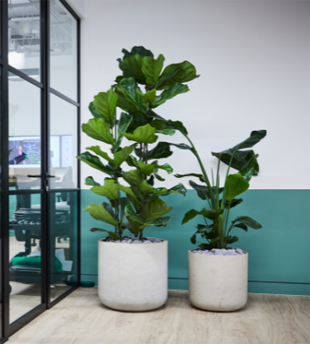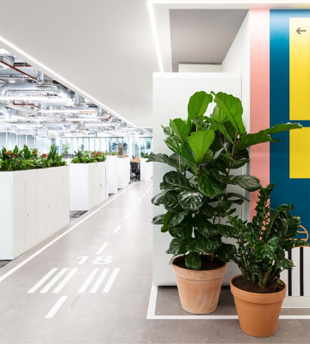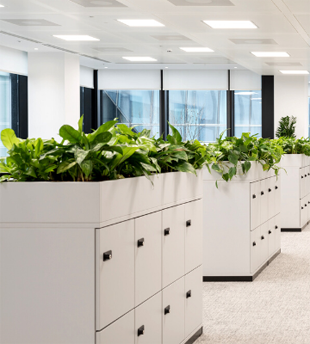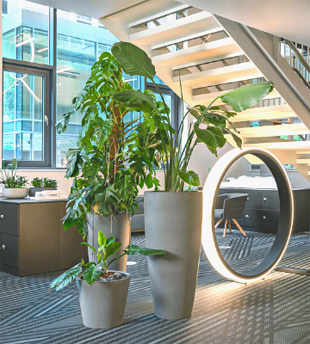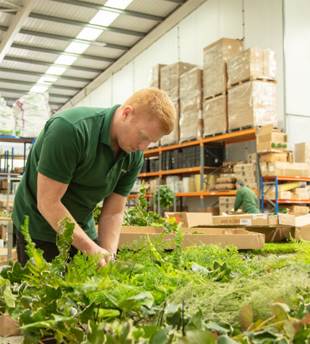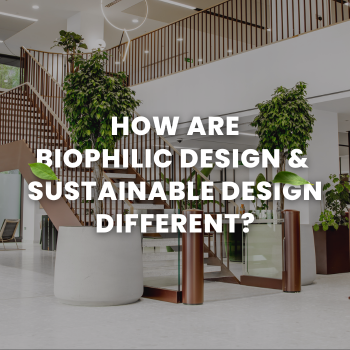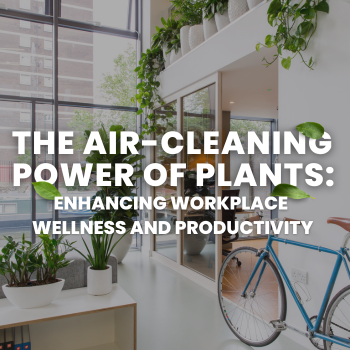Toggle Nav
The Kentia Palm: Effortless Elegance and Care for Professional Spaces
The Kentia Palm: Effortless Elegance for Professional Spaces
In need of a plant that brings a breath of fresh air to your space but is easy to care for? The Kentia Palm may well be what you're looking for. Discover essential Kentia Palm facts and care tips in this comprehensive guide.
At A Glance:
- Scientific Name: Howea forsteriana
- Origin: Lord Howe Island, Australia.
- Pronunciation: Ken - tee - uh
- Growth: Slow-growing, reaches up to 10 metres outdoors and 2 to 3 metres indoors.
- Care: Low maintenance, prefers indirect light, moderate watering.
- Health Benefits: Air purifying, reduces stress, enhances mood.
- Ideal Environments: Thrives in bright, indirect light, but can also tolerate some shade. Direct sunlight should be avoided as it can scorch the leaves
About the Kentia Palm.
Originating from Lord Howe Island, Australia, a volcanic remnant in the Tasman Sea between Australia and New Zealand, the Kentia Palm (scientifically named Howea forsteriana) has been a popular choice for indoor decoration for almost two hundred years. The genus name ‘Howea’ is derived from the island's name, while ‘forsteriana’ honours Johann Reinhold Forster and Georg Forster, father and son naturalists who accompanied Captain Cook on his second voyage in 1772. During the Victorian era, this palm graced luxury homes and palaces, even becoming a favourite of Queen Victoria herself.
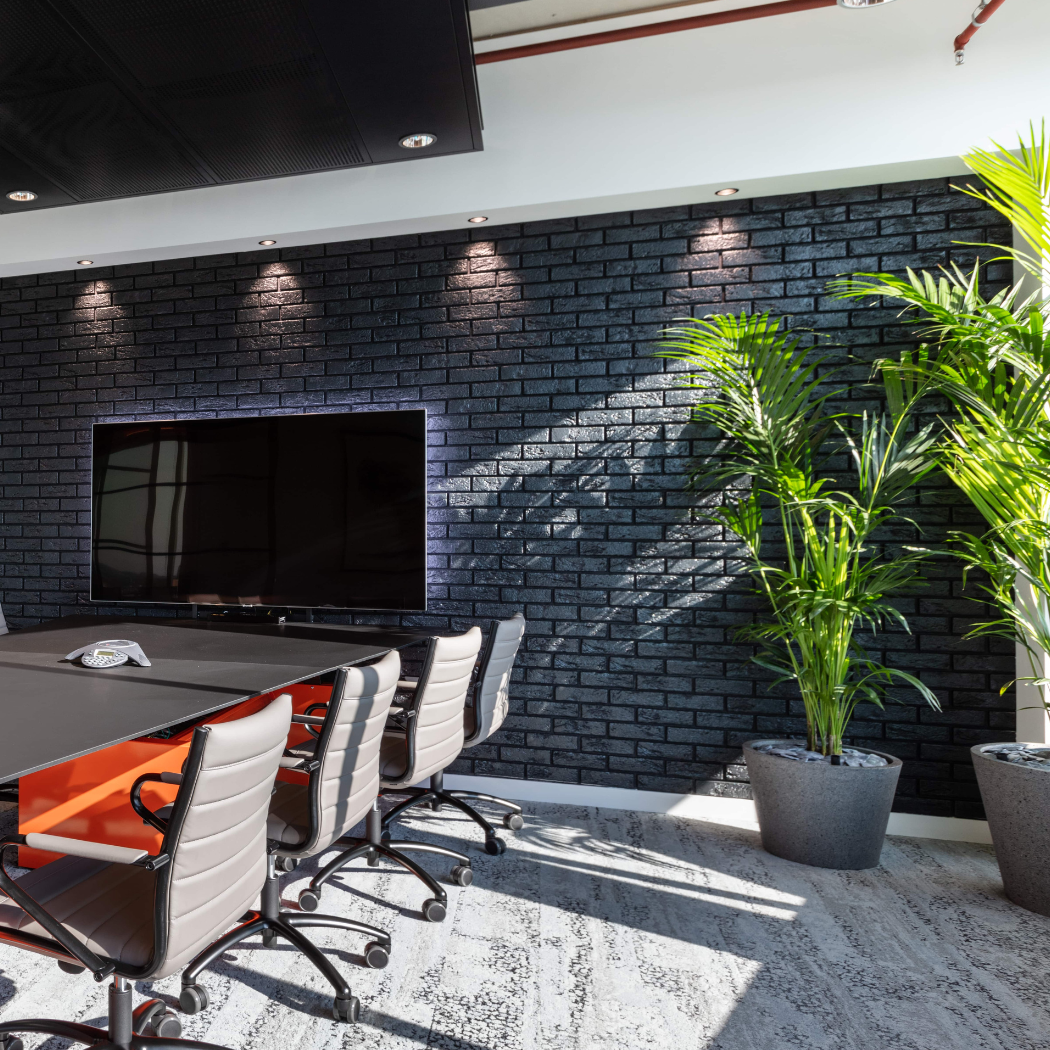

The versatile Kentia Palm is a superb choice for indoor settings thanks to its ability to cope well in low light conditions. Unlike many tropical houseplants that demand high humidity, the Kentia Palm flourishes well even in low to average humidity levels. What’s more, it only needs occasional watering, making it a convenient option for busy environments.
The Kentia Palm is a slow growing plant and when properly cared for in an indoor environment, it will grow around 20cm a year. This slow growth rate ensures longevity, making it a lasting addition to both homes and offices, especially in areas where direct sunlight is limited. Its elegant, arching fronds add a touch of tropical sophistication without the need for extensive plant care expertise.
This indoor palm is not just visually appealing; it's also known for its air-purifying qualities. It efficiently filters out indoor pollutants, like formaldehyde, benzene, and other toxins found in furnishings, detergents, paints, etc. And of course, just like other plants, it reduces carbon dioxide and produces oxygen, making the indoor air quality much healthier. Not only that, by releasing moisture into the air, the Kentia Palm helps maintain optimal indoor humidity levels, which is beneficial for respiratory health.
Beyond its aesthetic and air-purifying appeal, the Kentia Palm plays a significant role in enhancing mental health in the workplace. According to the RHS, research shows that the top benefits of indoor plants are the improvement of wellbeing and productivity. Adding this exotic, tall-stemmed beauty to a workspace can reduce stress levels and improve overall mood among employees, fostering a more positive and productive work environment.
A study carried out in the Netherlands between 2019 and 2020, revealed the positive impact of plants in office spaces. Conducted across nine different organisations, it showed significant benefits including reduced complaints about dry air, enhanced sense of privacy, improved workspace attractiveness, increased workspace satisfaction, and a decrease in health-related complaints at work. This study highlights the role of indoor plants, like the Kentia Palm, in boosting employee well-being and productivity.
In addition to its mental health benefits, the Kentia Palm excels at absorbing sound through its leaves. Placing it around office perimeters can effectively reduce background noise and distractions from conversations and video calls. This contributes to a calmer and more focused office environment, enhancing productivity. For more information on how plants can help to reduce noise levels indoors, check out this article at Huffpost.
How to Integrate the Kentia Palm into Your Business Setting
Incorporating the Kentia Palm into a variety of settings, such as offices, hotels, or restaurants, greatly enhances the environment. This palm's low light adaptability makes it suitable for a range of interior designs. While care is simple, our maintenance service can assist with looking after your plants so you have one less thing to worry about.
Strategically placing several palms throughout the space, rather than clustering them, will optimise their noise-reducing effect and benefit individual work areas. To significantly improve room acoustics, opt for larger containers with more compost and top dressing. Grouping different plants together has been shown to be more effective than using individual plants, both for aesthetic appeal and noise reduction.
With its elegance and simplicity in care, the Kentia Palm remains an excellent choice for professional environments. Just remember, effective Kentia Palm care is the secret to its lasting beauty.
Kentia Palm Care Tips:
- Water every 7-10 days, ensuring top two inches of soil dry out first.
- Position in a well-lit room, avoiding direct sunlight.
- Mist fronds several times weekly to boost humidity.
- Use balanced liquid fertiliser monthly during spring and summer.
- Clean leaves with a damp cloth to remove dust.
- Remove brown fronds at the base; refresh top compost layer annually.
- Repot once every two years into a slightly larger pot if required.
Interior Design Tips:
- Complement Modern Decor: Use the Kentia Palm's elegant shape to enhance contemporary and minimalist designs.
- Create Focal Points: Use in strategic locations, such as corners or beside furniture, to create visual interest.
- Balance with Colour: Pair the lush green of the palm with neutral tones for a calming effect or with vibrant colors for a more tropical vibe.
- Utilise Natural Light: Place near windows where the palm can benefit from natural light without being exposed to direct sunlight.
- Add Vertical Interest: Use the height of the Kentia Palm to add vertical dimension to flat spaces, especially in rooms with low furniture.
- Group with Other Plants: Combine with smaller plants or different textures to create a mini indoor garden for a more dynamic setting.
- Soften Hard Spaces: Use it to soften areas with hard surfaces like kitchens or offices, bringing a touch of nature indoors.
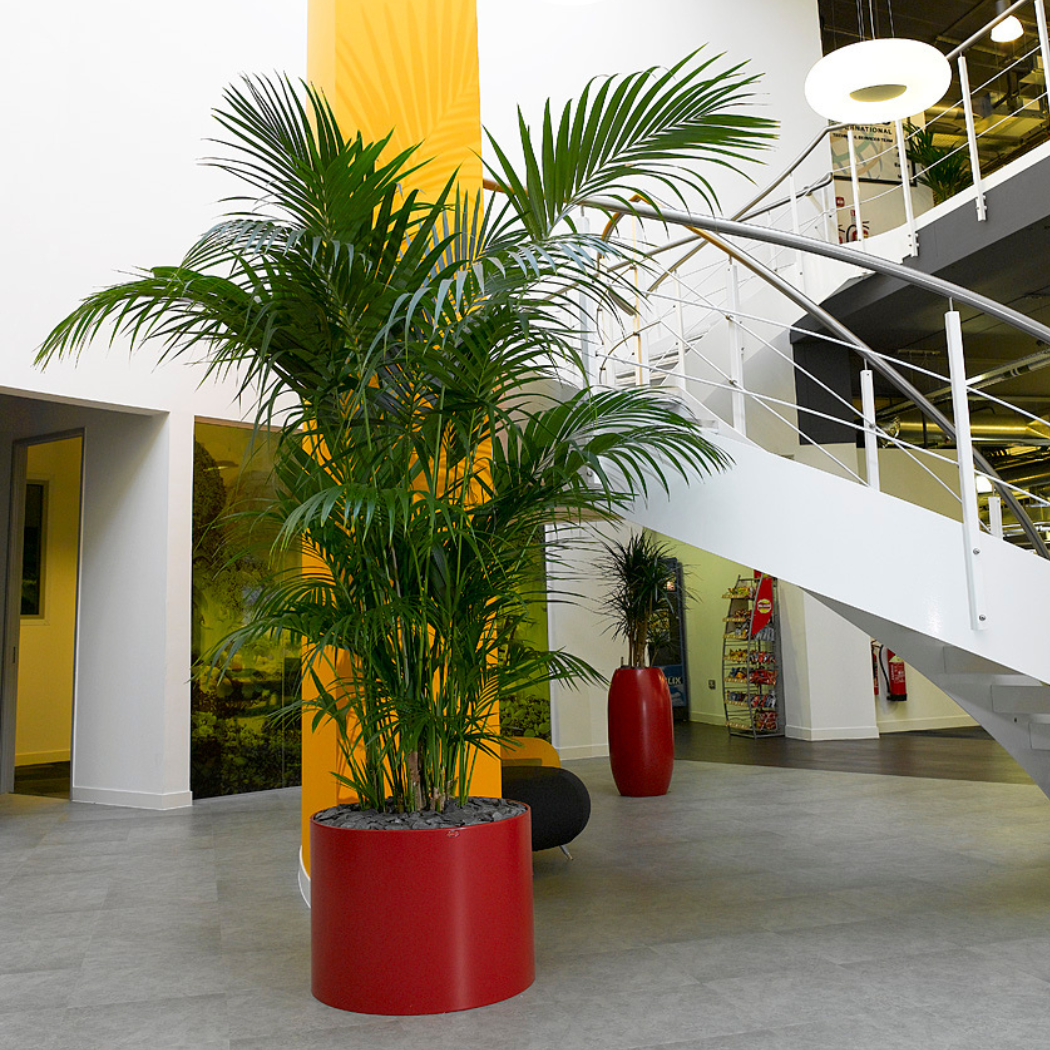

Did you know?
The Kentia Palm is dioecious (dy - ee - shus), meaning individual plants are either male or female. The female plants produce round, green fruits that turn purplish-black when ripe.
Queen Victoria kept Kentia Palms in all of her homes and requested that they be placed around her coffin at her funeral.
Ready to bring a touch of tropical sophistication and improved well-being to your professional environment? Contact Plant Plan to discuss your project today.
We'd love to hear about your experiences with the Kentia Palm - feel free to share your stories and tips in the comments section below!

